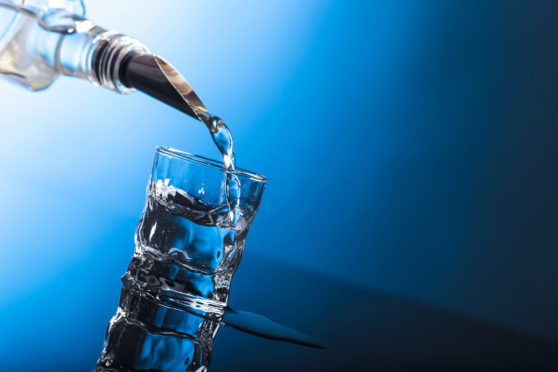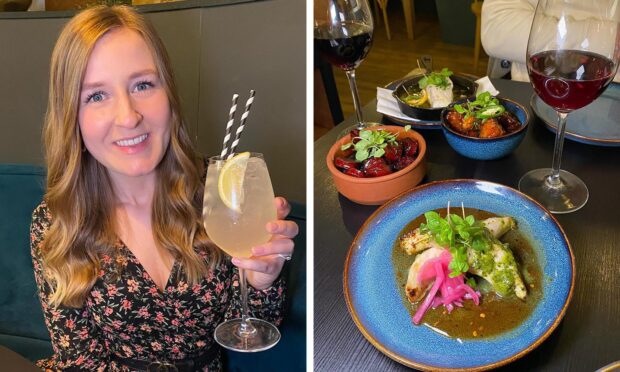Whisky is, sadly, still a drink that many people, including countless Scots, do not really take a shine to. Indeed, Scots drink more vodka by volume than whisky, a fact that totally flummoxes any foreign tourist I tell that to. Scots drink more vodka than whisky? Come on, pull the other one…
Yet there are several valid explanations for this paradox. One is that whisky is very much an acquired taste. Very few young lads, taken for their first legal pub drink at 18, will swill down a whisky and say, “Man, that wuz braw, gimme another.” I recall the first time, many moons ago, I was offered a Laphroaig. I struggled to finish it and only did so out of politeness to my host that evening.
Vodka, on the other hand, is the supreme mixer spirit. It adds a kick to every conceivable fizzy drink, hence the great success of all these pre-mixed and bottled alcopops—which are simply outlandishly priced vodka with bitter lemon, iron brew or whatever else the drinker fancies.
Other factors weighing against whisky include its being seen as an old man’s drink, and too often treated with near-veneration—something many younger people find off-putting. Two generations ago, most pubs had a bottle of lemonade on the bar, specifically for adding to whisky. Today that is unheard-of. Malt or blend, you’re expected to drink it neat or with a drop of water.
I also suspect that many women are put off whisky because of its hard-man image from the past, when a hauf-and-a-hauf (nip and a half-pint of export) was the working man’s Friday night fast track to getting tanked. That said, I have recently noted that women can occasionally outnumber men at whisky tastings. Whisky is definitely no longer a male preserve.
Another factor is that sometimes one country’s famous drink is more appreciated overseas than at home. Frenchmen consume vast quantities of Scotch but increasingly neglect their native cognacs and brandies. Britain consumes more champagne than France does. And I dare say countless other similar examples exist.
Luckily, Scotch has gained an unrivalled special cachet in many countries. As an American friend once told me, he initially drank bourbon but, once he had money, he switched to Scotch.










